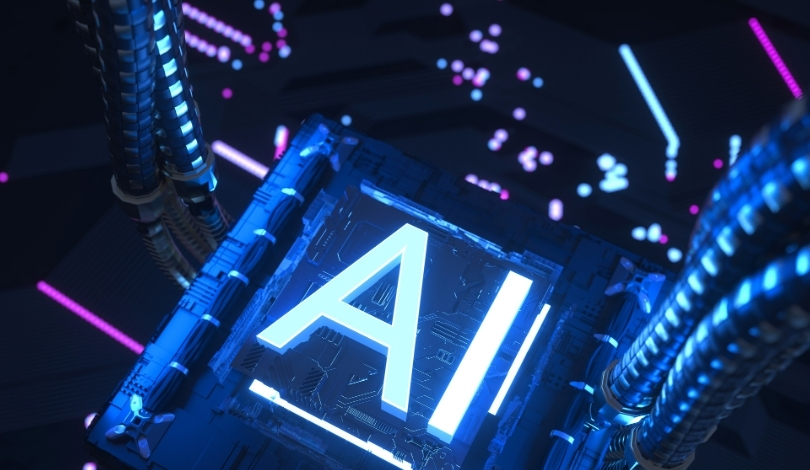An internal memo from Duolingo’s CEO revealed plans to integrate artificial intelligence deeply into company operations, reshaping its workforce. By prioritizing AI, Duolingo aims to revolutionize its processes, impacting roles formerly requiring human intervention. This transformation reflects not just an industry trend but also Duolingo’s strategic move to enhance global language learning efficiency. While the company insists these changes won’t negatively affect employees, it seeks to handle restructuring by minimizing reliance on human labor where AI can suffice.
Duolingo’s strategy parallels past decisions by tech companies focusing on innovation. Similar to its mobile-first initiative in 2012, which significantly increased visibility and user engagement, Duolingo now banks on AI to streamline operations. Previous strategies have shown that early adoption can lead to substantial advantages, and Duolingo hopes this proactive approach will similarly yield positive outcomes. The company’s history of embracing tech innovations signifies a pattern of aligning operational strategies with technological advances.
What Changes Are Being Implemented?
The company announced adjustments in its approach to hiring and staff evaluations, focusing on AI-driven solutions. Future hiring will be selective and contingent on AI limitations in team tasks. These measures are complemented by leveraging AI for content generation, thereby reducing manual processes to increase scalability. This alignment aims to meet growing educational demands, with AI offering tools that support high-speed content production.
How Will AI Impact Operational Functions?
AI integration will have a wide-reaching impact beyond content creation. Business functions across Duolingo are expected to identify AI incorporation opportunities, driving daily operations toward automation. This initiative reflects a concerted effort to eliminate workflow inefficiencies, with the introduction of “constructive constraints” encouraging teams to embrace automation as a default solution before seeking more workforce. As teams adapt, personnel development remains a priority to ensure a seamless transition to AI utilization.
Could There Be Broader Industry Implications?
Duolingo’s approach isn’t isolated, resonating with broader industry trends where tech companies prioritize automation. The initiative mirrors actions by companies like Shopify, which promote AI-driven efficiencies over workforce expansion. These movements underscore a larger shift in tech sectors prioritizing AI to navigate resource management and scalability challenges, potentially influencing industry norms on workforce structuring.
Seamlessly integrating AI into its operations, Duolingo anticipates various changes over the coming months. Despite potential initial hurdles in some systems, the company prioritizes swift adaptation. This strategic shift highlights Duolingo’s commitment to maintaining a competitive edge while navigating the evolving digital landscape. The move towards AI-first strategies prepares Duolingo for a future where technology and educational objectives align more closely.
- Duolingo restructures to focus on artificial intelligence.
- The shift aims to enhance content generation and operational efficiency.
- Tech industry trends influence the company’s strategic realignment.










